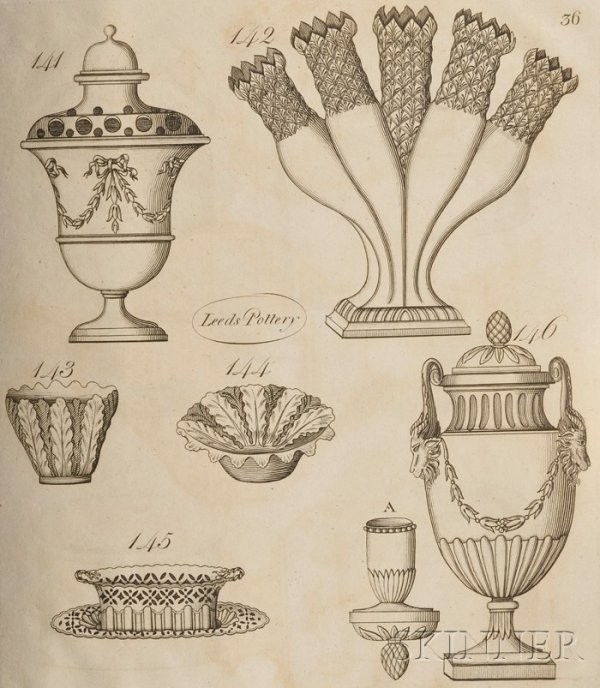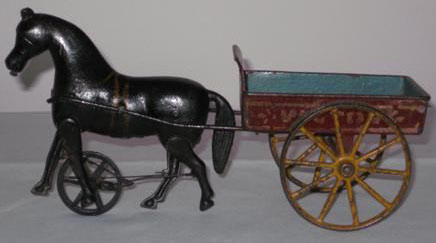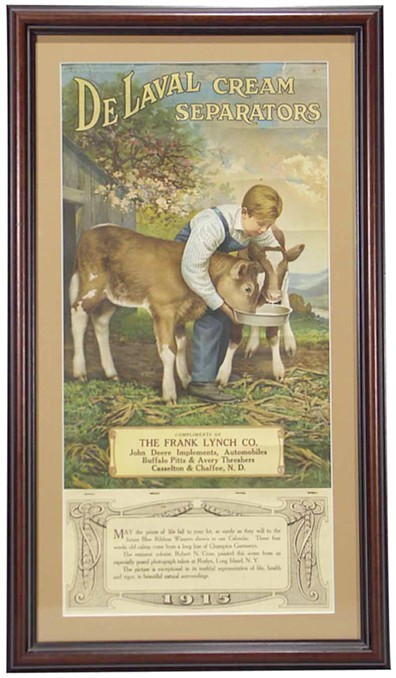Thank goodness for online shopping, which is the only thing that stands between me and an annual deluge of mail-order catalogues. They tend to pile up along with my intentions to look through them (and actually start holiday shopping early) before I finally give in and recycled them. Of course, they’re ephemera; that’s what’s supposed to happen to them. It’s hard to imagine, but who knows how valuable these catalogues might be to future generations of researchers seeking for information on how we spent our money, decorated our homes, chose our prize possessions?
Catalogues are some of the best resources we have when researching material culture history. Census records, probate files and wills may all help tell us where people lived and what they owned, but when it comes to getting a clearer picture of exactly what those objects looked like and how much they might have cost, catalogues are crucial. Curious about how many kinds of parasols you’d have been able to choose from? You can browse through a catalogue! For people interested in the larger picture of trade routes, style influences and the wages and costs associated with manufacturing, catalogues also help fill in gaps. Looking through old catalogues with images like the Leeds pottery catalogue, pictured above, can tie an object to a particular maker, thereby making it more valuable monetarily or academically, and in some instances, as is the case with the catalogue from the International Exhibition of 1862, it’s possible to positively identify and verify a unique object while piecing together more of its history like those produced for display at the Exhibition.
You’ll find catalogues for everything from early twentieth-century Coca-Cola advertising campaigns to movie poster catalogues designed to help theater owners to select their promotions to nineteenth-century catalogues of American Indian photographs taken by some of the great Western photographers. (It’s not a commercial catalogue, but I can’t talk about catalogues without sharing this first printing of the Library of Congress’s catalogue – it’s 10 pages!) Catalogues and other such ephemera can have great value not just with historians but with collectors as well, especially those with complete collections who want to round them out with documentation, so check the database if you’re cleaning out an old workshop or office. And meanwhile, think of the possible future rewards the next time you’re beating yourself up for still having that stack of outdated catalogues piled up on the back of your desk. Remember that while the modern world may chastise a pack rat, historians everywhere bless the pack rats of bygone eras every day!
See all Ephemera > Catalogues in the p4A database.
-Hollie Davis, Senior Editor, p4A.com







